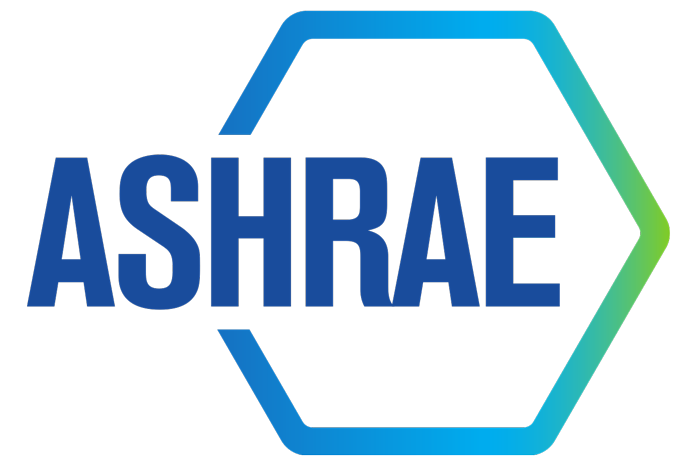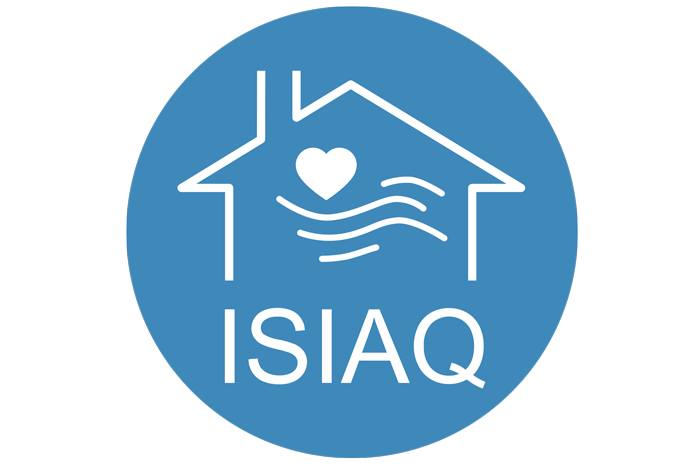
Welcome to TU IAP
TU IAP is dedicated to research, education and technical assistance to improve indoor air and overall environmental quality.
The University of Tulsa Indoor Air Program (TU IAP) is dedicated to research, education and technical assistance to improve indoor air and overall environmental quality. Program Director, Dr. Richard Shaughnessy, is an internationally recognized indoor air quality expert and leads many federally funded projects to improve indoor air quality for our nation’s schools. Dr. Shaughnessy is also involved in privately funded research projects in the United States and abroad.
NEW! Check out the Advanced Topics in Bioaerosols & Building Science Course (located in the Training Tab then Courses offered) if you want to gain an indepth understanding of biological air contaminants. The course is delivered in 18 modules (approximately 8 minutes to 1 hour in length) that covers types and nature of bioaerosols, assessment, health impacts, and remediation.
The U.S. Environmental Protection Agency (EPA) comparative risk studies rank indoor air pollution as one of the most important environmental risks to the nation’s health. Air contaminants build up to high concentrations in indoor spaces, thus indoor air quality is often much poorer than outdoor (ambient) air quality. On average, people in the U.S. spend over 90% of their day indoors in their homes, workplaces, and other indoor spaces where they are often exposed to high concentrations of air contaminants that may affect health and performance. Many factors affect indoor air quality such as ambient air quality, building materials, ventilation, moisture conditions, and activities like cooking. Indoor air quality problems involve a source of contamination, a pathway, and a receiver that is adversely affected by the contamination (see figure below). Assessing and improving indoor air quality requires understanding and altering (e.g., removing contaminants or protecting receiver) one or more of these components of indoor air quality.

Our Sponsors.






